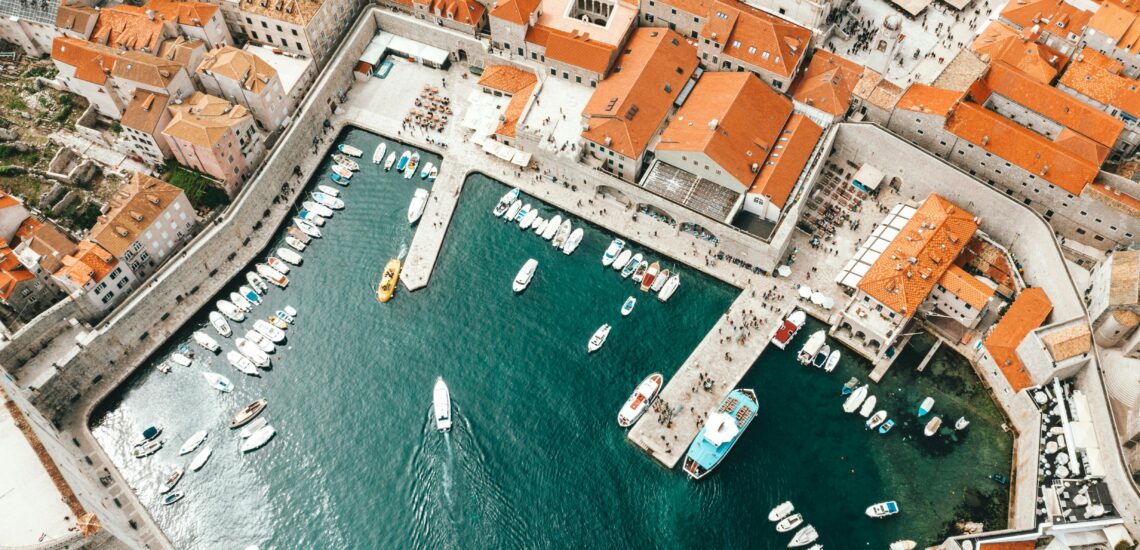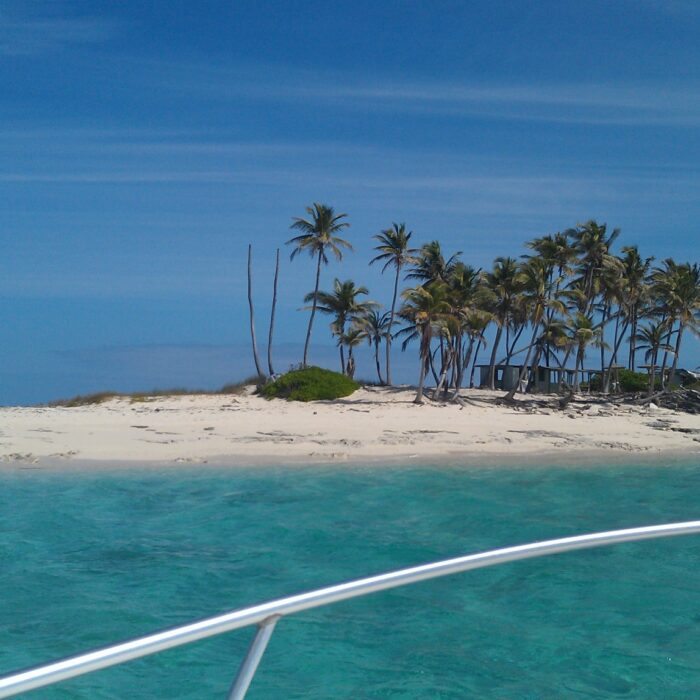Croatia, nestled along the Adriatic Sea, is a country of striking natural beauty, historic towns, and captivating islands. With its crystal-clear waters, medieval cities, and diverse landscapes, it’s a destination that enchants every traveler. In this guide, we’ll delve into the most spectacular spots in Croatia, offering detailed insights into each location to help you plan an unforgettable trip.
Best Cities to Visit in Croatia
Dubrovnik
Dubrovnik’s old town is a UNESCO World Heritage Site and a living museum of medieval architecture. Walking along the ancient city walls offers breathtaking views of terracotta rooftops and the azure Adriatic Sea. Stradun, the main street, is lined with cafes, boutiques, and historic landmarks like the Rector’s Palace. I found the charm of Dubrovnik heightened at sunset when the city walls glow golden against the sea. Take a cable car ride to Mount Srđ for panoramic views, or explore nearby Lokrum Island, a serene escape just minutes away by boat.
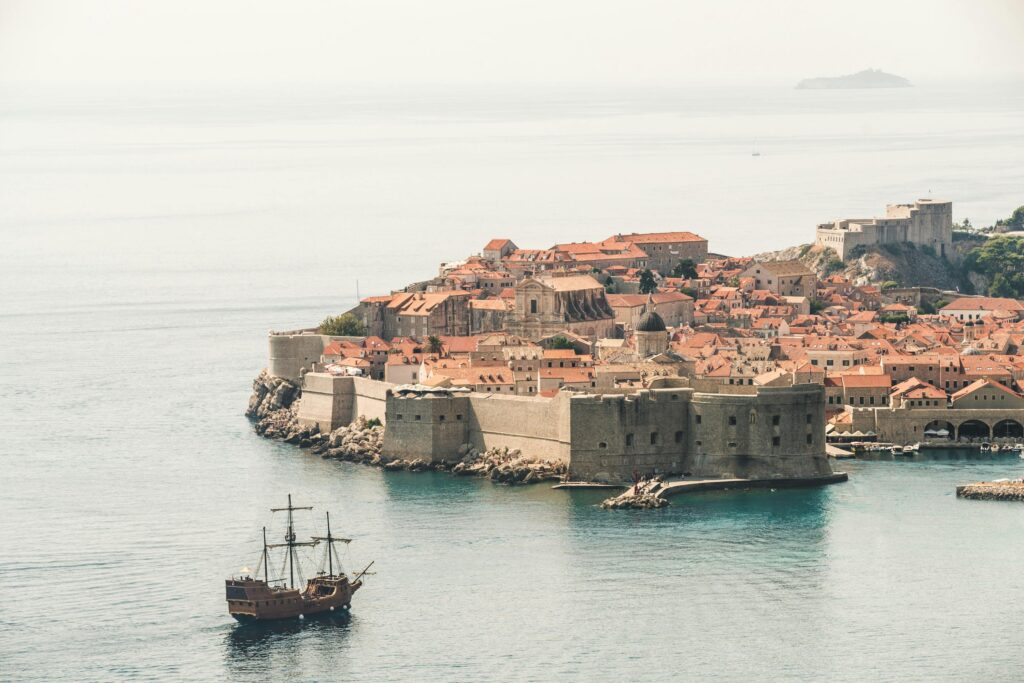
Split
Split is home to the stunning Diocletian’s Palace, a sprawling Roman complex that forms the heart of the city. Strolling through its labyrinthine streets felt like a journey through time, with shops and restaurants tucked into centuries-old structures. Climb the bell tower of Saint Domnius Cathedral for sweeping views, or relax along the Riva, a lively promenade perfect for people-watching. Split also serves as a gateway to nearby islands like Hvar and Brač, making it an ideal base for island hopping.
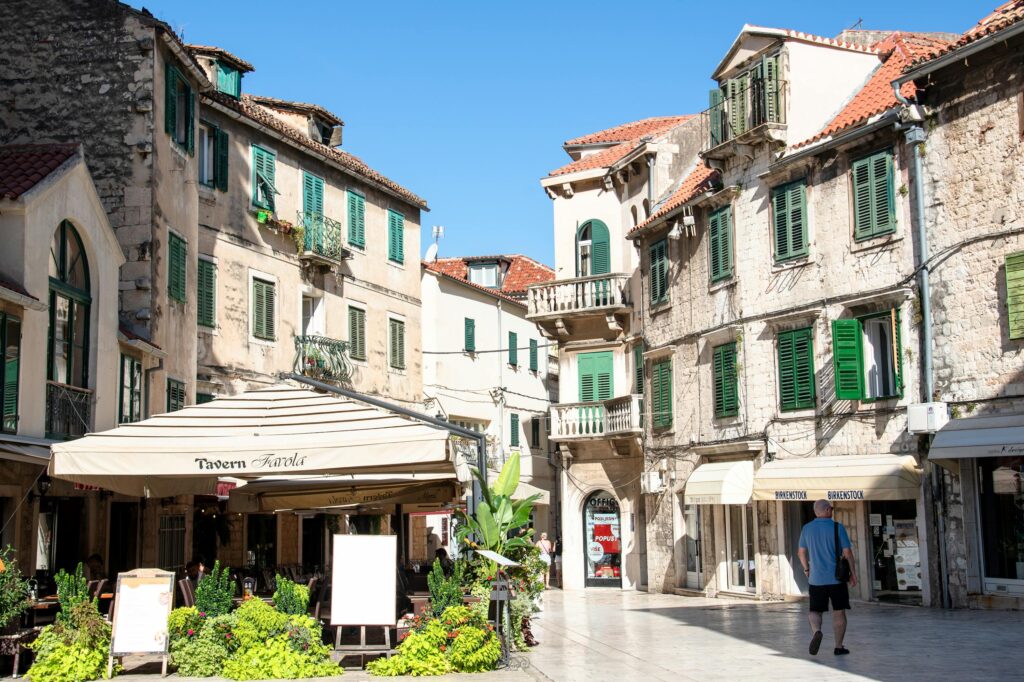
Zagreb
Zagreb combines Austro-Hungarian elegance with a modern, youthful energy. The city’s Upper Town (Gornji Grad) is a maze of cobblestone streets, historic churches, and charming squares. The colorful roof of St. Mark’s Church is a must-see, while the Museum of Broken Relationships offers a quirky yet poignant glimpse into human connections. I loved the lively Dolac Market, where locals sell fresh produce and traditional goods. Zagreb’s parks, like Maksimir, are perfect for a relaxing afternoon stroll.
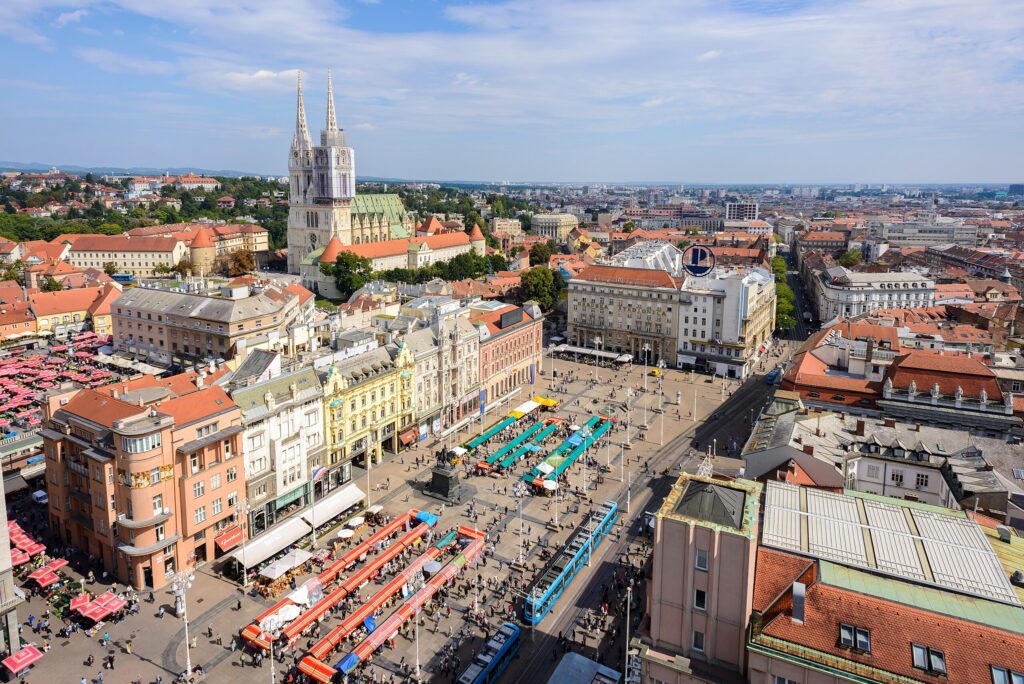
Rovinj
Rovinj, a picturesque town on the Istrian Peninsula, exudes romance with its pastel-colored houses and winding streets. The town’s centerpiece is the Church of St. Euphemia, which offers panoramic views from its bell tower. Rovinj’s harbor is a hub of activity, with fishing boats and waterfront restaurants serving fresh seafood. The nearby Golden Cape Forest Park is perfect for hiking and swimming in secluded coves.
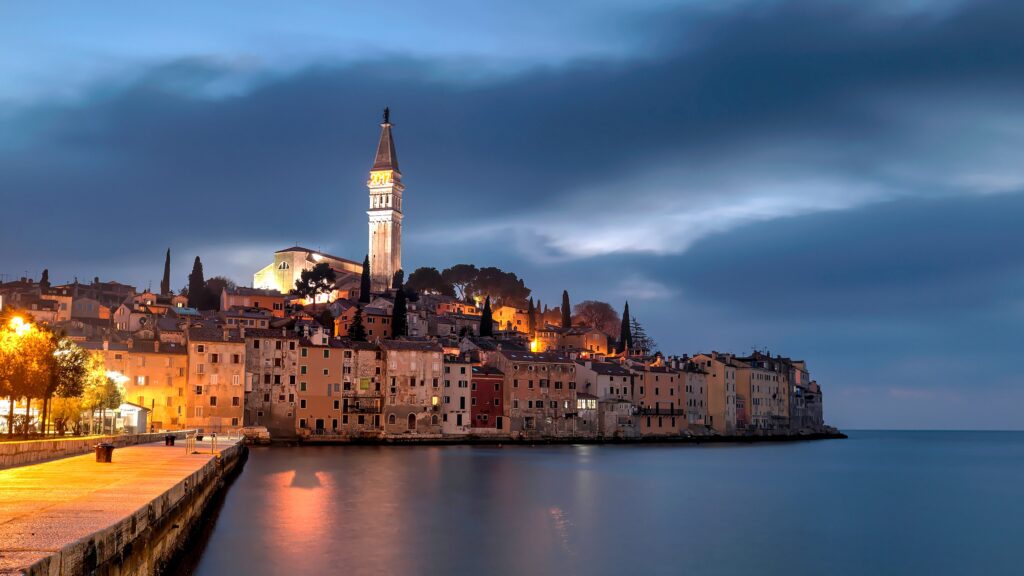
Natural Attractions in Croatia
Plitvice Lakes National Park
Plitvice Lakes is a fairy-tale landscape of cascading waterfalls, turquoise lakes, and lush forests. The park’s wooden walkways take you up close to the waterfalls, making you feel immersed in nature’s wonders. I recommend arriving early to avoid crowds and spending a full day exploring the park’s trails. The contrast of greenery with the shimmering waters creates an unforgettable visual experience.
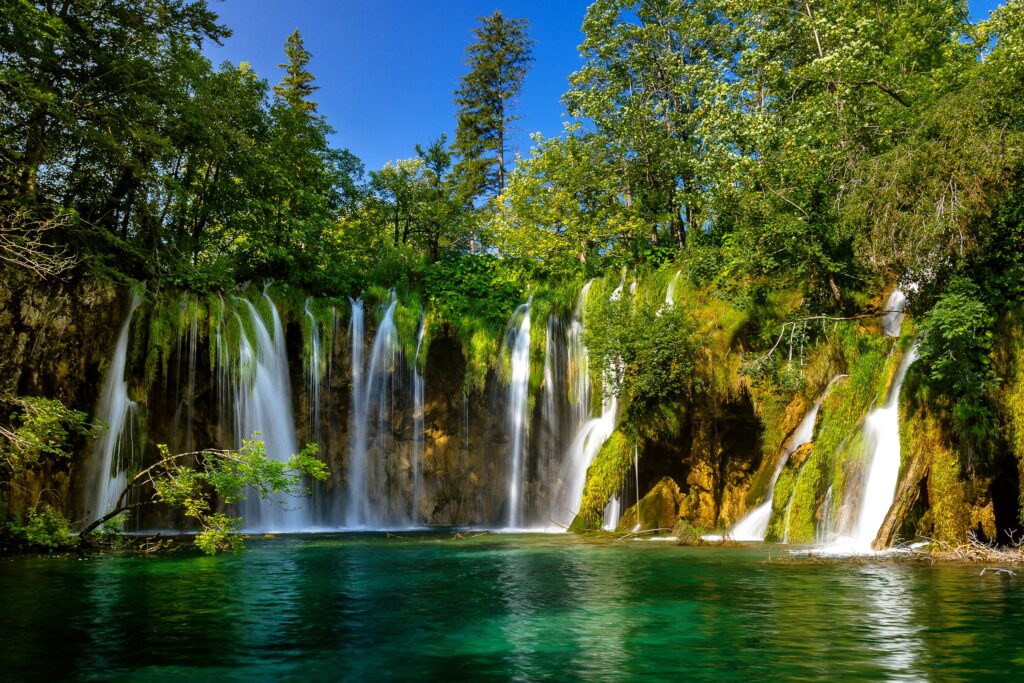
Krka National Park
Known for its series of waterfalls and pristine nature, Krka National Park is a haven for those seeking tranquility. The highlight is Skradinski Buk, a massive waterfall surrounded by pools where you can swim. The boat ride to the park’s Visovac Island, home to a historic monastery, is equally enchanting. I found the park less crowded than Plitvice, offering a more peaceful experience.
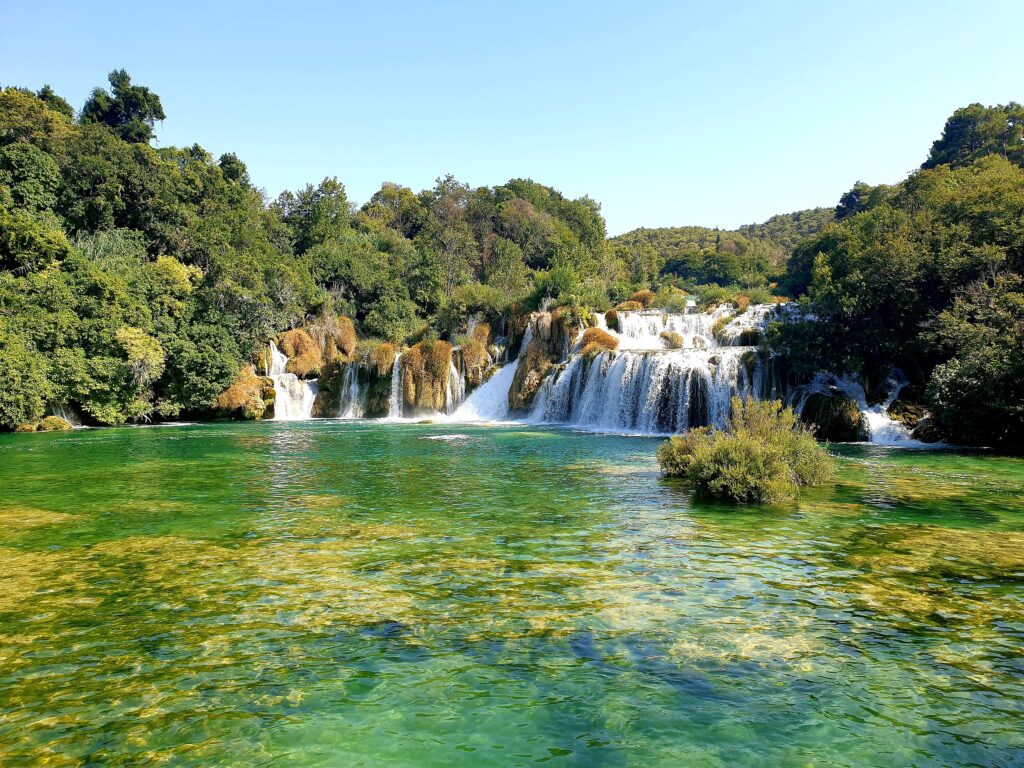
Paklenica National Park
Situated in the Velebit Mountains, Paklenica is a haven for hikers and climbers. The park’s dramatic canyons, dense forests, and rugged peaks offer a variety of trails suitable for all levels. Velika Paklenica Canyon is particularly popular for its striking rock formations and climbing routes. The park’s biodiversity and unspoiled landscapes make it a favorite among outdoor enthusiasts.

The Dalmatian Coast and Islands
Croatia’s Dalmatian Coast is famous for its dramatic cliffs, secluded beaches, and idyllic islands. Hvar, often called the “St. Tropez of Croatia,” is a glamorous destination with vibrant nightlife and historic charm. Brač, home to the famous Zlatni Rat beach, offers a more laid-back vibe. My favorite was Korčula, with its medieval old town and delicious local wines. Each island has its unique allure, making it worth exploring multiple spots.
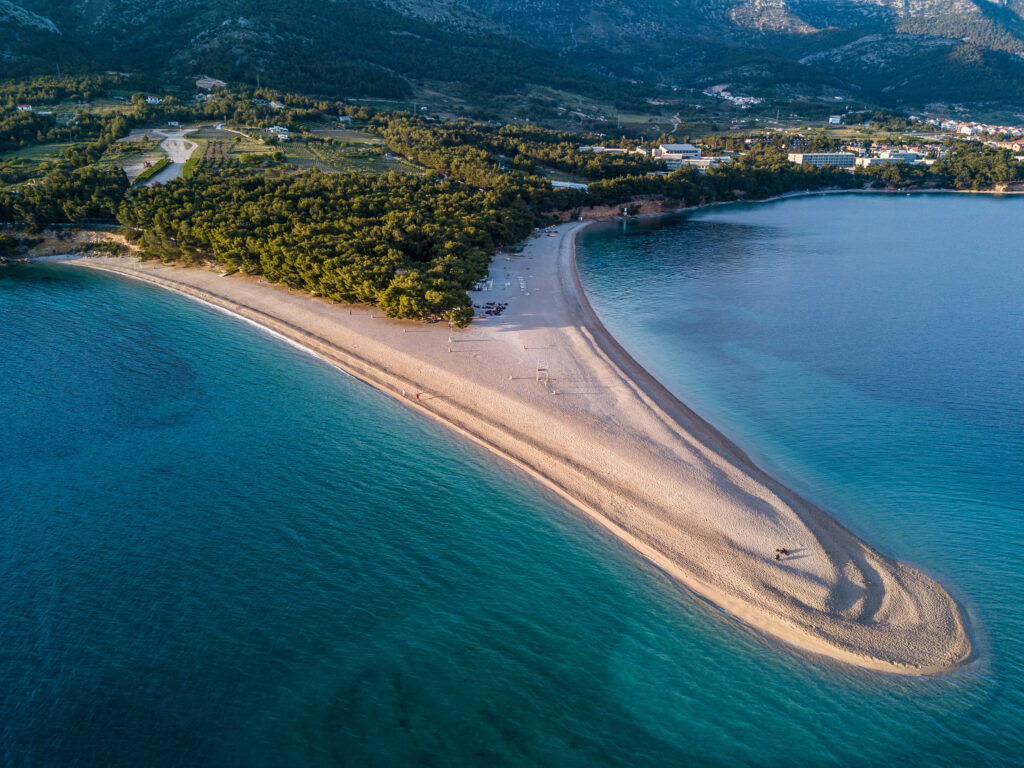
Historical and Significant Sites
Pula Arena
The Pula Arena is one of the best-preserved Roman amphitheaters in the world. This massive structure, still used for concerts and events, offers a glimpse into ancient times. Walking through its arches, I could almost hear the echoes of gladiatorial combat. The nearby Archaeological Museum of Istria provides further context about the region’s Roman heritage.

Trogir
Trogir, a UNESCO World Heritage Site, is a small town packed with history. Its narrow streets are filled with Renaissance and Baroque architecture, while the Cathedral of St. Lawrence boasts intricate carvings and a stunning bell tower. The waterfront promenade is perfect for a relaxed evening walk. I found Trogir’s atmosphere to be both serene and inspiring.
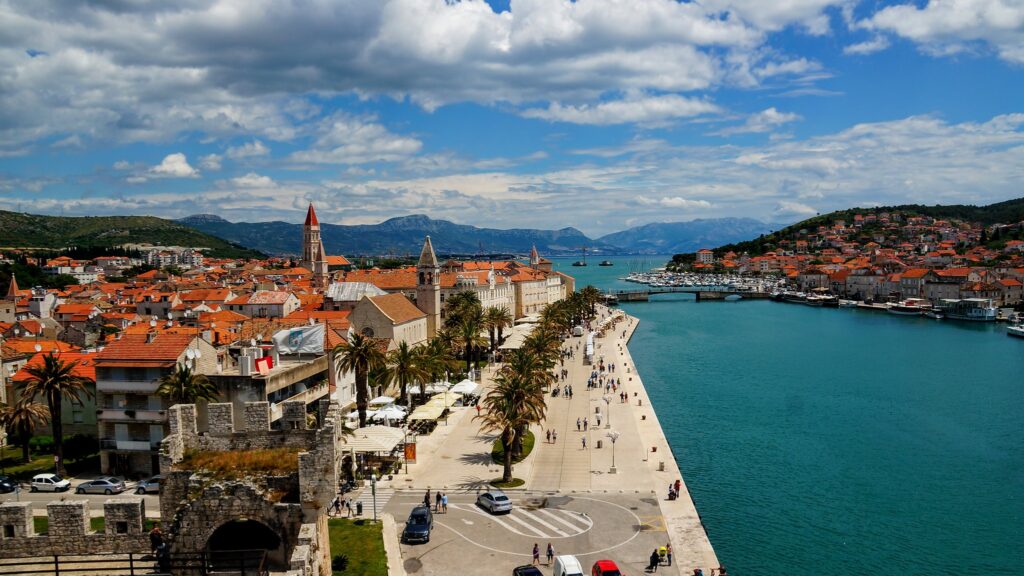
Hidden Gems in Croatia
Motovun
Nestled atop a hill in Istria, Motovun is a charming medieval village surrounded by vineyards and truffle-rich forests. The town’s well-preserved walls offer stunning views of the Mirna River Valley. Exploring the narrow streets and sampling local truffle dishes made my visit here feel like stepping into a fairytale.
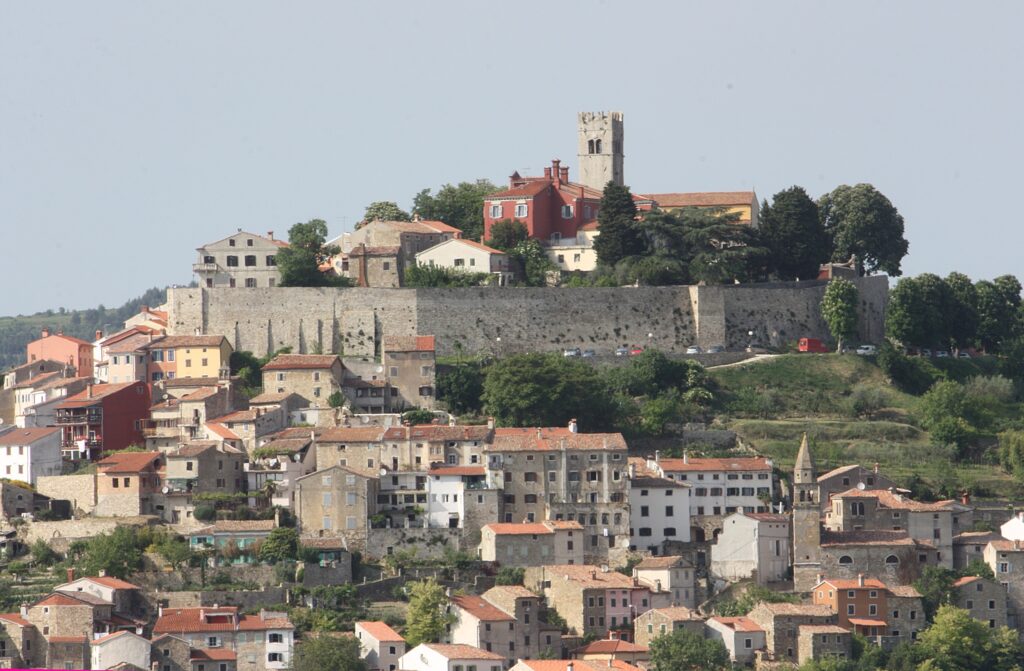
Vis Island
Vis is one of Croatia’s most remote and unspoiled islands, known for its crystal-clear waters, secluded beaches, and relaxed atmosphere. The island’s Blue Cave (Modra Špilja) is a natural wonder where sunlight creates a mesmerizing blue glow. Vis also has a rich history as a former Yugoslav military base, which adds a layer of intrigue to its natural beauty.

Rastoke
Often called “Little Plitvice,” Rastoke is a picturesque village where the Slunjčica River flows into the Korana River, creating a series of waterfalls and cascades. The village’s old mills and wooden houses blend harmoniously with the natural surroundings. It’s a tranquil spot that feels worlds away from the busier tourist destinations.
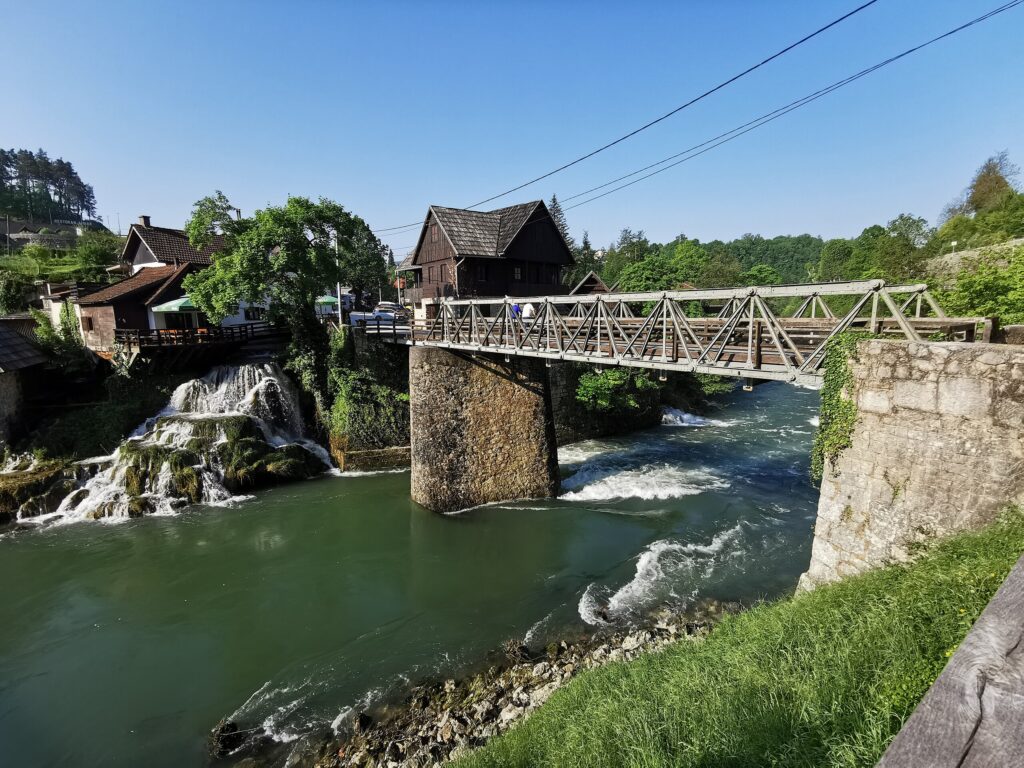
Lastovo Archipelago
Designated as a nature park, the Lastovo Archipelago consists of 46 islands known for their untouched beauty and biodiversity. The islands are a paradise for snorkeling, diving, and stargazing, thanks to the lack of light pollution. Visiting Lastovo feels like discovering a hidden corner of paradise.
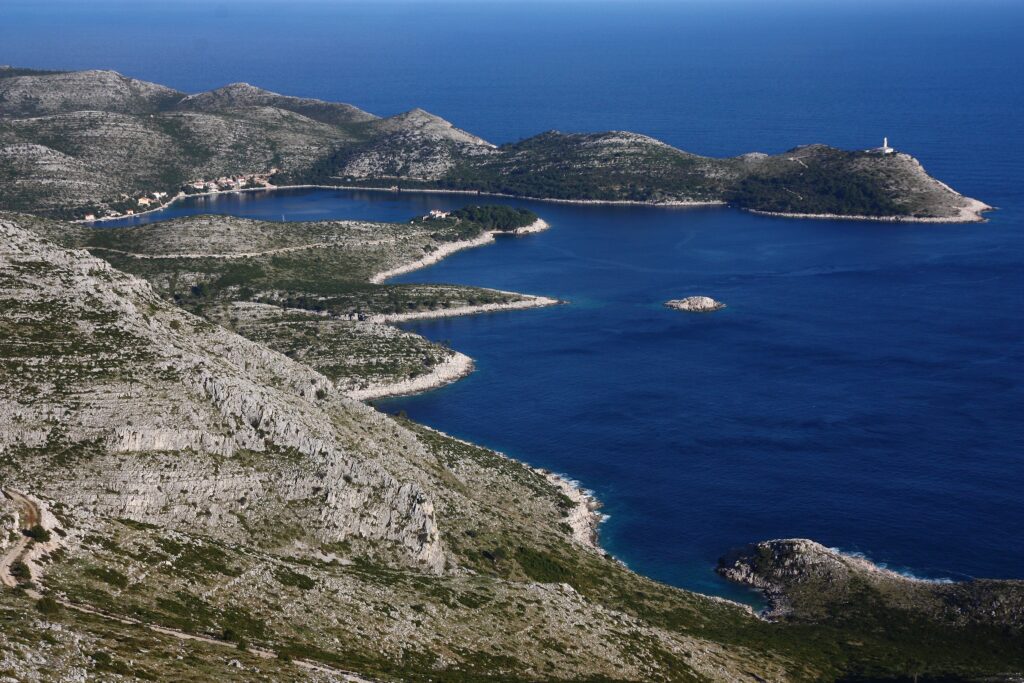
Practical Tips for Travelers
- Car Rental and Driving: Croatia’s coastal roads offer spectacular views but can be winding, so drive cautiously. An International Driving Permit (IDP) is required for travelers from from countries that are not signatories to the 1968 Vienna Convention.
- Seasonality: Summer is the peak tourist season, perfect for beach visits and island hopping, while spring and autumn offer mild weather and fewer crowds. Winter is quieter but ideal for exploring cities like Zagreb.
- Budget-Friendly Travel: Stay in family-run guesthouses or sobe for an affordable and authentic experience. Local buses are reliable, but renting a car gives you the freedom to explore lesser-known areas.
Croatia is a destination that leaves a lasting impression with its stunning landscapes, rich history, and warm hospitality. Whether you’re exploring the vibrant streets of Dubrovnik, marveling at the natural beauty of Plitvice Lakes, or uncovering ancient Roman ruins, every moment in Croatia is a story waiting to be told. Pack your bags and let this Adriatic gem reveal its magic to you.

Published January 12, 2025 • 6m to read

